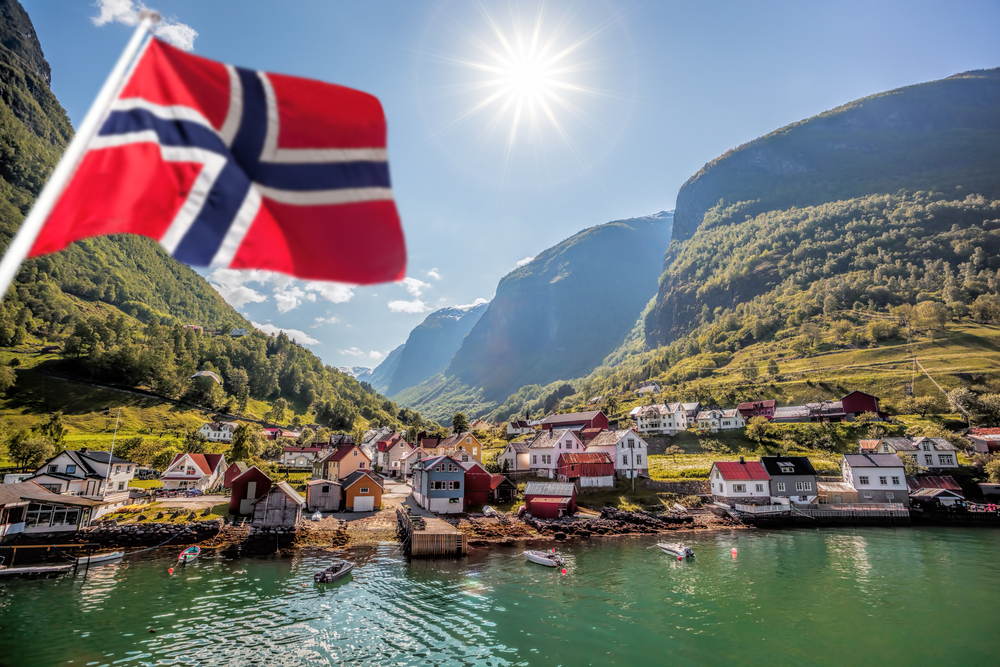Norway is undertaking one of Europe’s most impressive engineering projects—the Rogaland Fixed Link, commonly known as Rogfast. This groundbreaking infrastructure project is poised to become the longest and deepest underwater tunnel in the world, significantly improving transport and connectivity across western Norway.
The Rogfast tunnel, spanning an impressive length of 26.7 kilometers, will run deep beneath the country’s picturesque fjords. At its lowest point, the tunnel will be situated approximately 390 meters beneath the sea surface, marking an extraordinary feat in modern tunnel engineering. Once operational, the Rogfast tunnel promises to cut travel times between two major Norwegian cities, Stavanger and Bergen, by an estimated 40 minutes.
Enhancing Connectivity and Efficiency
The primary goal behind the Rogfast tunnel is to enhance travel efficiency by replacing traditional ferry routes. Connecting major coastal cities such as Kristiansand, Stavanger, Haugesund, and Bergen, the tunnel is expected to significantly streamline journeys for daily commuters, tourists, and industrial transport. This major infrastructure project will particularly benefit local workers by offering faster and more reliable travel options between Norway’s fourth-largest city, Stavanger, and its second-largest city, Bergen.
Beyond convenience, the Rogfast tunnel will play a crucial role in supporting Norway’s thriving industries, including seafood production, by offering uninterrupted travel. Without the dependency on ferry services, industries will find it easier and quicker to reach critical markets, potentially boosting regional economic growth and productivity.
Innovative Design and Safety Features
One of the most innovative aspects of the Rogfast tunnel is its unique design. It includes two lanes of traffic in each direction, ensuring smooth transit even during peak travel times. Notably, the tunnel incorporates a sophisticated system of two roundabouts located approximately 260 meters below sea level beneath Kvitsøy island. This remarkable roundabout system, positioned deep within solid bedrock, allows for continuous traffic flow, even if one tunnel lane must be temporarily closed due to maintenance or emergencies.
Safety is another priority in the Rogfast design. The twin-tube tunnel system is built specifically to handle emergency situations effectively, such as vehicle fires or other incidents. In emergencies, drivers and passengers will have immediate access to safe exits connecting the parallel tunnels. These emergency exits ensure a quick and secure evacuation route to the adjacent tunnel, supported by advanced monitoring systems to locate and assist individuals swiftly and efficiently.
Cutting-edge Construction Methods
Unlike other major underwater tunnels being constructed in Europe, such as the modular-based tunnel between Germany and Denmark, Norway’s Rogfast is utilizing an approach tailored specifically for local geological conditions. Engineers are employing a method of drilling and blasting through solid bedrock, which guarantees structural stability and durability under immense underwater pressure.
This traditional yet highly effective Norwegian technique maintains strict compliance with safety regulations, notably ensuring at least 50 meters of solid rock between the tunnel roof and the seabed. Such attention to geological details reflects Norway’s vast experience in subsea tunnel construction, boasting approximately 40 existing underwater tunnels built using similar techniques.
The Rogfast tunnel exemplifies Norway’s engineering expertise and commitment to infrastructure innovation. With construction steadily progressing, significant portions of the tunnel have already been completed, demonstrating Norway’s capability to efficiently manage large-scale infrastructure developments.
Upon completion, Rogfast is expected to handle thousands of vehicles daily, significantly enhancing regional connectivity and economic vitality along Norway’s western coast. This ambitious underwater highway will not only revolutionize local commuting and industrial transport but also open new opportunities for tourism, allowing easier access to some of Norway’s most scenic coastal cities and attractions.



